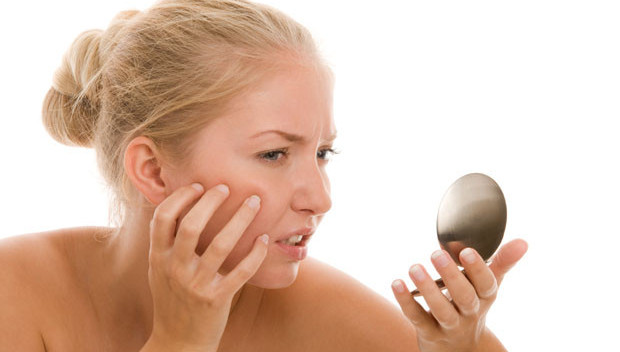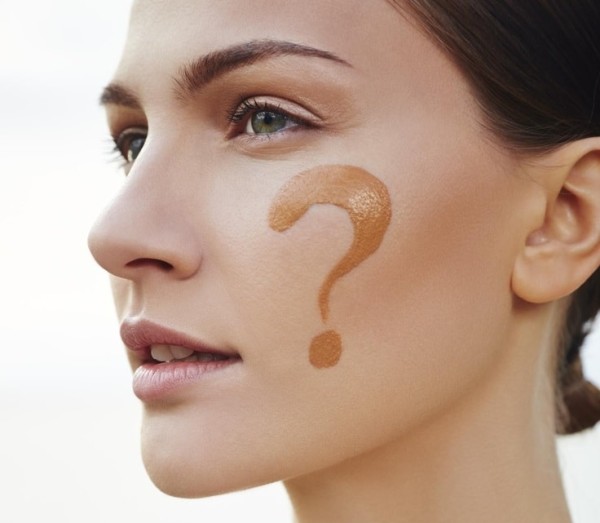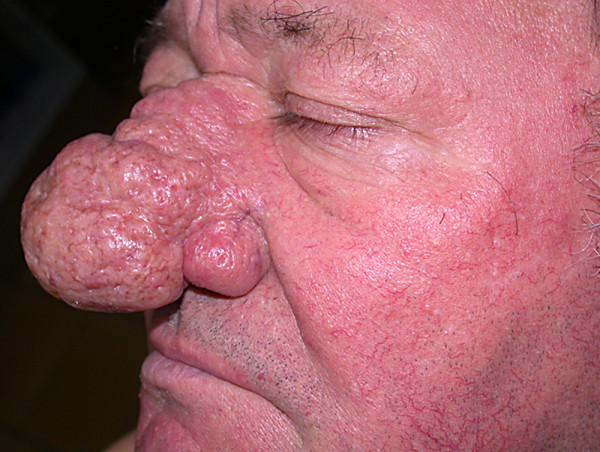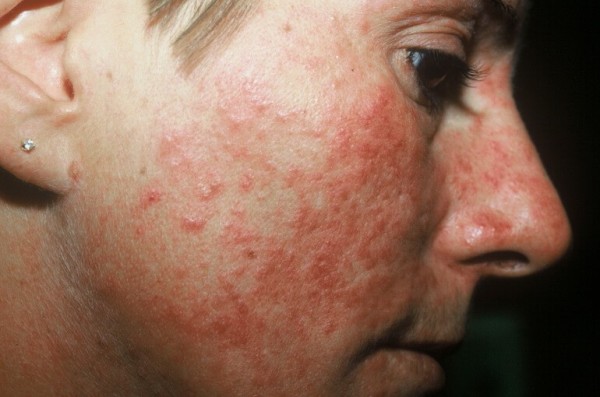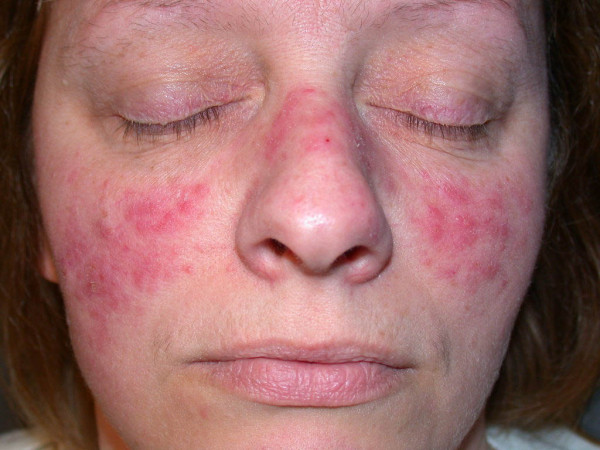Rosacea: causes, symptoms, treatment
Rosacea is a chronic non-infectious inflammatory disease that affects the dermis of the face. Often such ailment is diagnosed in women, but among men there are also victims of the disease. Most often, the characteristic signs of the disease, and this is the appearance of blood vessels, redness, pustules and papules, appear in the central region of the face (on the forehead, nose and cheeks) in people whose age is from 20 to 50 years. We will talk about why the disease appears and how it is treated today.
Causes of rosacea
Unfortunately, the exact reason why rosacea appears at the moment has not been identified by specialists, there are only assumptions that are based on the analysis of existing patients. The main assumptions are that development occurs due to the high sensitivity of the vessels on the face to various factors. Empirically, it has been observed that blood vessels in rosacea patients seriously dilate in response to stimuli, while in absolutely healthy personalities reaction on the those the same factors not arises... A little earlier, the microscopic demodes mite, which settles in the sebaceous glands on the dermis of the face, was considered the causative agent of the disease. But after this tick was found in absolutely healthy people, the version became irrelevant. Nevertheless, despite the complete refutation of the version with a tick, you can still find specialists who are making the main efforts to combat demodex in order to cure rosacea.
Another theory that rosacea may appear is gastritis. This version is supported by the influence of bacteria that cause gastritis itself. The appearance of a problem after taking certain medications and using ointments, which are applied to the skin of the face, contrary to the instructions.
As mentioned earlier, most often the ailment attacks women, and in most cases, the diagnosis falls on patients in the peri-menopausal period. It is generally accepted that the northern peoples have a genetic predisposition. IN group risk are included fair-skinned, red-haired and fair-haired, as well as blue-eyed people.
The provocateurs who activate the disease include:
- gastrointestinal problems, especially gastritis;
- malfunctions of the endocrine system, for example, diabetes mellitus, etc.;
- a decrease in the level of protective functions of the body, but on this score the opinion of experts was divided.
It is also worth noting that intensify rosacea can prolonged stay in cold or hot rooms, alcohol abuse, unhealthy diet, long exposure to the sun, frequent stress and wind.
Rosacea: photo
Rosacea symptoms
Symptoms that may indicate the presence of rosacea are as follows:
- every second rosacea sufferer is diagnosed with eye damage - there is dryness, a feeling of cramps, the feeling that sand or a foreign body has got into the eyes, increased tearing and redness;
- the skin in the area of inflammation becomes denser, but often this symptom appears only at the very late stage;
- persistent redness and thickening of the tissues on the nose, which is much more common in the strong half of humanity;
- become visible through the skin vascular network;
- at the very beginning, against the background of redness of the skin, small pink bumps appear, which over time pass into pustules;
- persistent facial redness, which is more common on the nose, forehead, cheeks and chin, but can spread to the back and chest.
It is quite possible that additional symptoms appear, which are expressed in a feeling of tightening of the skin, burning and itching. There are also more confusing algorithms and classifications that help identify and diagnose a disease, as well as determine the stage of the disease. It is important to understand that rosacea never goes away on its own, although sometimes remission is noted, when the disease completely disappears for a while, but then comes back again.
It is worthwhile to be wary and visit a specialist if you have regular redness on the skin of your face after drinking hot drinks, taking spicy, fried and fatty foods, after alcohol, as well as in unfavorable weather characterized by high and low temperatures. If the skin suddenly begins to react to hygiene products, even to soap, to decorative cosmetics. In no case can the disease be ignored, since the further it goes, the more it manifests itself and the more difficult it is to treat. Therefore, it is important to stop the progression at the very beginning.
Rosacea treatment
Rosacea is characterized by progression, which is manifested by more serious stages that are very difficult to treat, such as dilated vessels. Therefore, if you find primary symptoms, be sure to go to see a dermatologist. Unfortunately, to date, no absolute panacea for the disease has been invented, however, in 87% of cases, doctors manage to establish control over the appearance of the symptoms of the disease. Do not try to self-medicate - this can only aggravate the condition.
Specialized treatment for rosacea is general and local. Local means the use of creams and ointments, cold lotions. This allows you to relieve inflammation and reduce the problem, but you cannot hope for a complete cure of the disease in this way. More complex treatment regimens, which are built individually, show good results. In addition to external medicines, antibiotics for internal administration are included in the general complex, but under no circumstances should one engage in self-prescribing, due to the potent effect and a large number of contraindications for such drugs.
The duration of treatment is directly related to the stage and complexity of the disease, therefore the timing is purely individual. Several types of peels and the use of lasers have shown inspiring results in the treatment of rosacea.
